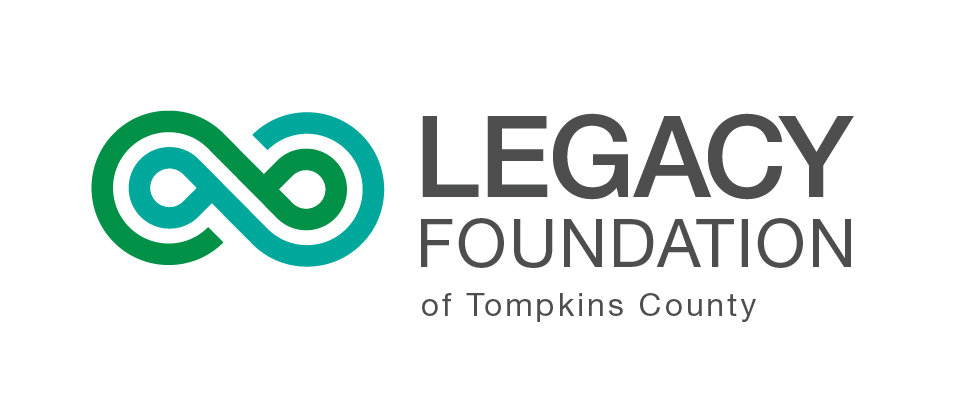The Program Model, Continuity of Care, has been established in order for children to form long term trust and secure attachments to their caregivers. This model not only offers children & families more consistency of caregivers but also means that children are able to experience long-term relationships with each other. IC3 began offering continuity of care in 2003 and now all of our infant and toddler classrooms at our main campus are participating in the continuity of care program.
Continuity of Care
Continuity of Care at IC3
Children and families stay with the same caregivers an average of 3 years.
Children enrolled in Continuity of Care classrooms are all close in age to one another. They are grouped together in the room within a 6 month age range, and so are developing skills and interests together. Because children are close in age to one another throughout their time in the infant and toddler program, teachers are better able to customize activities and implement curricula that best meets the needs of the children.
Children and staff will move between the infant classrooms and up to a toddler classroom as one group. This move to a toddler classroom no longer occurs at 18 months. Some of the children will be older than 18 months and some children will be younger than 18 months. Also, some of the children will move up to Pre-K when they are older than 3 years and some will move up when they are not yet 3 years (usually between 2 years 9 months- 3 years 6 months old).
Group size in the continuity classroom is gradually increased from 6 children when they are young infants to 8 children when they are between 12-18 months old and finally to 10 children when they are between 18-24 months old. This increase is dependent on the development of the children enrolled in the program and OCFS regulations. By the time the youngest child enrolled in the continuity room is 18 months old, the group size will be at its maximum of 10 children.
Changes in tuition occur when the group size increases from 6 to 8, when the group size increases from 8 to 10, and again when the children have completed the move up to Pre-k.
 When all the children are approximately 3 years old they will move up at the same time to our pre-k program. Children will move with peers from their toddler classroom in peer groups of 2, 3, or 4. In preparation for the move up, toddler classrooms that are part of the Continuity of Care program are better able to prepare students for the transition by playing in our pre-k gym and outdoor area, introducing toys with smaller parts, serving meals family style, and engaging in activities suited to children with longer attention spans that would not be possible in a mixed age group toddler classroom.
When all the children are approximately 3 years old they will move up at the same time to our pre-k program. Children will move with peers from their toddler classroom in peer groups of 2, 3, or 4. In preparation for the move up, toddler classrooms that are part of the Continuity of Care program are better able to prepare students for the transition by playing in our pre-k gym and outdoor area, introducing toys with smaller parts, serving meals family style, and engaging in activities suited to children with longer attention spans that would not be possible in a mixed age group toddler classroom.
Why do Continuity of Care?
Secure attachment is associated with the likelihood of healthy relationships with others, while poor attachment is associated with a host of emotional and behavioral problems later in life.
Infants require predictable, responsive, and nurturing care giving to enable them to develop a secure attachment relationship.
During the early years, when the brain is developing rapidly, attachment experiences influence the actual structure of the brain, which in turn influences later behavior.
Secure attachments to consistent child care providers have been associated with better cognitive and social development, greater language proficiency, and fewer behavior problems.
(Resources: Elicker, J. & Fortner-Wood, C. (1995) and Bowlby & Ainsworth)
New York State Campaign for Continuity
Ithaca Community Childcare Center is located in the traditional homelands of the Gayogo̱hó:nǫˀ (Cayuga Nation). We acknowledge their painful history of dispossession and commit to supporting their continuous connection to the land.
Copyright @ 2024 Ithaca Community Childcare Center | Website: Iron Design


